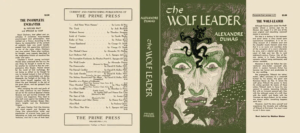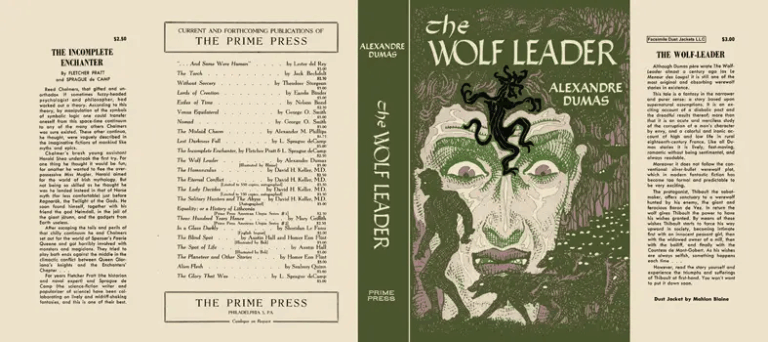When I talked about the White Rabbit’s house, I made some mistakes in attributing the illustrations and you can clearly see it when you read the description of the next character we meet after leaving behind the Cheshire Cat: the March Hare.
…she thought it must be the right house, because the chimneys were shaped like ears and the roof was thatched with fur.
The other character we meet is the Mad Hatter, of course, in one of the most famous and most beloved scenes of the whole book: the Mad Tea-Party. We are in the heart of Chapter VII and I think if there ever was a scene that was epitomic of Alice in Wonderland it would be this.
There was a table set out under a tree in front of the house, and the March Hare and the Hatter were having tea at it.
In Tenniel’s original illustration, we have reason to believe that Tenniel adopter Carroll’s suggestion and gave the Mad Hatter the appearance of a certain guy named Theophilus Carter, a furniture dealer of Oxford, and it’s highly possible that the illustrator gladly complied. He must have also been delighted in the rumour that the hatter was a caricature of Prime Minister Gladstone, but this is believed to be untrue.
According to Martin Gardner in his Annotated Alice, this Carter fellow was a peculiar guy, known for his crazy adventures like the “alarm clock bed”, an automated contraption that would wake you up by tossing you on the floor when the time was due. The invention was exhibited at the Crystal Palace of London in 1851 and you can find an article about it here.
Another theory on the identity of the Mad Hatter, provided by Ellis Hillman in 1973, is one Samuel Odgen, a hatter from Manchester who designed and presented a hat for when Czar Alexander I visited London in 1814.
A third character is presented at this point: the Dormouse, a nocturne animal who always appears in a state of sleepiness. It’s possible that this character was modelled after a pet wombat that was owned by poet and painter Dante Gabriel Rossetti. Carroll knew the artist and occasionally visited him and his wife Elizabeth Siddal, so he must have crossed paths with this animal and his habit of sleeping at the dining table.
…a Dormouse was sitting between them, fast asleep, and the other two were using it as a cushion, resting their elbows on it, and talking over its head.
These three characters are new and don’t appear in the first draft of Alice’s Adventures Underground.
When Alice joins them at the table, after being told that there is no room and sitting down anyway, she’s offered wine.
Alice looked all round the table, but there was nothing but tea. “I don’t see any wine”, she remarked.
“There isn’t any”, said the March Hare.
“Then it wasn’t very civil of you to offer it”, said Alice angrily.
“It wasn’t very civil of you to sit down without being invited”, said the March Hare.
Which is a very good remark.
Another famous passage of the tea party is the riddle:
Why is a raven like a writing desk?
For the 1896 edition, Carroll provided an answer, though admitting that the riddle was originally invented with no answer at all.
“Because it can produce a few notes, tho they are very flat; and it is never put with the wrong end in front”.
I don’t know about you, but I preferred having no answer.
There are a few better solutions devised by Sam Loyd in his posthumous Cyclopedia of Puzzles from 1914:
“because the notes for which they are noted are not noted for being musical notes”
or
“because Poe wrote on both”
or
“because they both stand on their legs, conceal their steels/steals, and ought to be made to shut up”.
Aldous Huxley, the visionary author of Brave New World, supplied two nonsensical answers in his article “Ravens and Writing Desks” appeared on Vanity Fair in September 1928:
“Because there’s a b in both and because there’s an n in neither”.
The main theme of the party, however, is time and the three have a quite lengthy conversation about it, starting from the peculiar watch of the Hare which only tells the day of the month. Probably because they dip it into tea and cover it in butter in an attempt to fix the poor thing.
Time also seems to be a thing with the Queen of Hearts: the Mad Hatter tells us how he performed a song for the Queen, before the March Hare went mad, and how the queen accused him of “murdering the time”, which means messing up the song’s meter. This is of course taken literally in Wonderland and the watch refused to obey him since the Queen bawled out her accusation. It’s always six o’clock and it’s always tea time.
Twinkle, twinkle, little bat!
How I wonder what you’re at!
Up above the world you fly
Like a tea-tray in the sky.
The chapter also features a tale within the tale, told by the Dormouse after Alice admits of not knowing any.
The tale is the story of three sisters who live at the bottom of a well and draw any sort of thing that begins with M, but we never know how it ends: the Mad Hatter is rude to Alice one too many times and she walks away, with them not paying the slightest attention. The last sight we have of them is them trying to put the Dormouse into the teapot.
There’s a huge amount of illustrations for this scene and again it would be impossible for me to present them all, but some of them are particularly amazing. One of my favourites has to be this one by Anne Bachelier, for an illustrated edition published in 2005.















No Comments